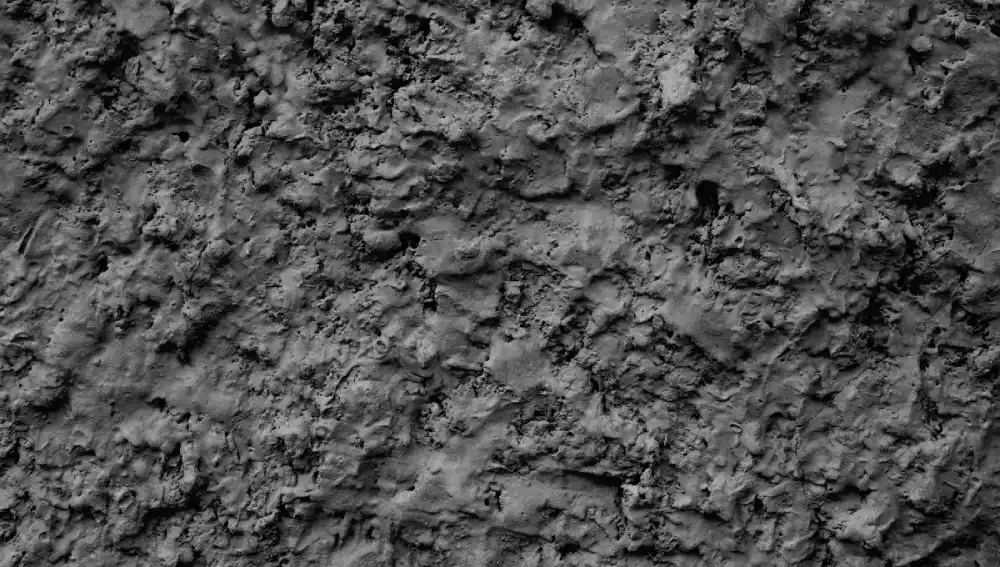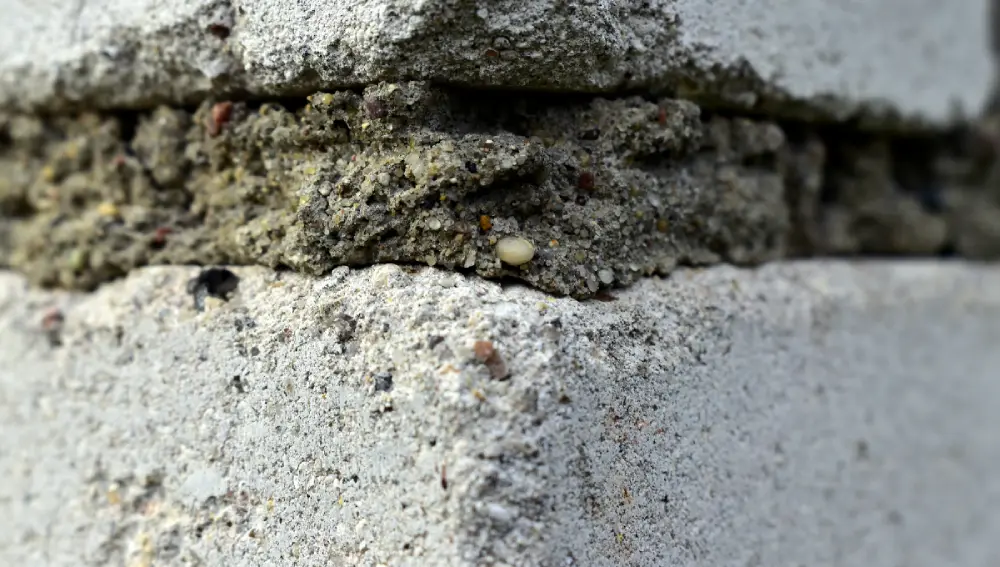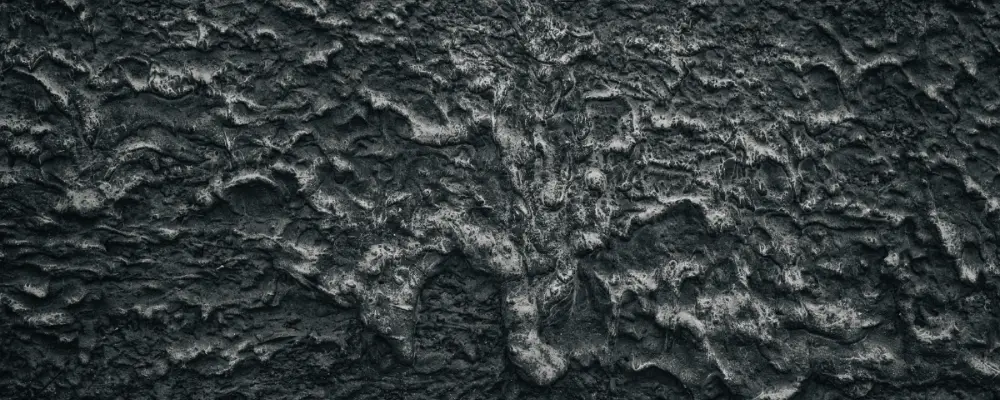Introduction
Rapid-hardening cement is an advanced cement variant created to achieve high early strength. It is specifically designed for situations where quick hydration is essential, such as construction in cold weather conditions, road repairs, and precast concrete production.
This specialized cement typically includes a higher percentage of tricalcium silicate (C3S), allowing structures to obtain substantial strength within 24 hours. Traditionally, RHC reduces the curing period, making it indispensable for projects requiring early load-bearing capability.
This article uncovers the properties, applications, and price range of rapid-hardening cement. Read to learn more.
What is Rapid Hardening Cement (RHC)?

Rapid hardening cement (RHC), also called High Early Strength Portland Cement (HSPC), is formulated to achieve high early strength. RHC can be used for certain water-exposed structures, but it should generally be avoided in underwater scenarios due to the risk of shrinkage cracks.
Notably, RHC has a setting surface of greater than 3,250 cm²/g and can potentially reach a higher load-bearing capacity in a short period. It performs better than normal cement, acquiring the desired strength in less than 3 days. In comparison to normal Portland cement, it is heated at a higher temperature under more controlled conditions.
The key difference between RHC and OPC is the amount of tricalcium silicate (C3S), a component extracted from limestone. It enables cement to achieve high early strength.
Properties of Rapid Hardening Cement
It is one of the most commonly used cement types for structures that are more likely to earn higher strength and durability. Here are some of the important properties listed that make it stand out:
- As stated, the higher amount of tricalcium silicate (C3S) in RHC contributes to quick strength gain, and its setting surface is greater than 3250 cm2/gm.
- It is light in texture compared to ordinary Portland cement.
- RHC gains determined strength in as few as 3 days.
- The initial setting time is 30 minutes.
- The final setting time is 600 minutes.
Composition of Rapid Hardening Cement

Rapid-hardening cement contains an excessive amount of lime, which contributes to gain strength. In addition to that, the cement also includes a fixed percentage of silicate, aluminum, along with iron compounds. Refer to the composition in detail:
- 15% of dicalcium silicate (C2S)
- 60% of tricalcium silicate (C3S)
- 8% of tetracalcium alumino-ferrite (C₄AF) of the total weight of cement
- 10% of tricalcium aluminate (C3A)
The Significance of Using Rapid Hardening Cement
Here are some major advantages of rapid hardening cement you need to know:
- Quick Achievement of High Strength: Rapid hardening cement allows structures or concrete to achieve the desired strength quicker than ordinary Portland cement. It typically takes 3 days, whereas OPC requires a minimum of 7 days.
- Reduce Damages Due to Cold Weather Conditions: Faster hydration is an add-on advantage of RHC. Due to that, the structures can protect themselves from the high risk of frost damage. When dealing with highly water-exposed construction areas, concrete can harden quickly and properly, even in hectic cold conditions.
- Earlier Formwork Removal: Because of its faster strength gain, formwork is more likely to be removed earlier. The concrete structures made from rapid-hardening concrete contribute to faster construction and reduced formwork rental costs.
- Faster Construction Work: Beyond early strength gains, RHC accelerates the project timelines. Any kind of structure can take significantly less time to complete.
- Lower Shrinkage: Compared to other cement types, RHC has a lower shrinkage rate. This is because the faster hydration process reduces the amount of water that evaporates over time, avoiding the risk of shrinkage cracks.
- Enhanced Durability: RHC contains high resistance against cracks and chemical attacks such as sulfate. It makes the structure or building much stronger and more durable.
- Lower CO2 Emission: Rapid hardening cement consumes a lesser amount of fuel, resulting in reduced emissions of carbon dioxide, thus making it environmentally friendly.
Applications of Rapid Hardening Cement
- Precast Concrete Elements: RHC is a prime choice for manufacturing precast concrete elements like poles, slabs, and pipes. Its quicker hardening time promotes production cycles and a well-finished final product.
- Road Repairs and Pavements: Rapid hardening cement is often used in road repairs and pavements, which allows for earlier reopening, minimising disruption. Due to its easily strengthening characteristics, there is no possibility of cracking and shrinkage.
- Cold Weather Concrete: RHC is primarily introduced to be used cold climates where the standard cement requires a long time to set and harden due to lower temperatures. The rapid strength gain of RHC reduces the risk associated with cold weather, ensuring the integrity of the concrete.
- Industrial Floors: RHC is best for constructing industrial floors due to its early load application. It’s fast-setting nature, making it ideal for commercial buildings, warehouses and factories where the uninterrupted workflow is essential.
Rapid Hardening Cement Price
Compared to OPC, rapid hardening cement is quite expensive and used for construction projects that require quick strength in India. The price range of RHC can vary for every region where it is manufactured. However, the average price falls between Rs. 200 and Rs. 450 per bag.
In Conclusion
Rapid-hardening cement is highly strong and durable, ensuring the lifespan of structures exposed to harsh weather conditions. It is a perfect match for fast-paced construction projects where the budget is not a big constraint. With its complete understanding, you can use it for suitable projects and benefit in all aspects.
FAQs
RHC is a primary choice for projects that require:
Early removal of formwork
Shorter construction timelines
Extraordinary performance in cold weather conditions
High early strength
RHC contains a greater amount of tricalcium silicate extract from lime compared to OPC. It is a major component added during the manufacturing process that contributes to cement’s higher strength. They accelerate the hydration process with an increased setting surface of 3250 cm2/gm.
Intergrinding calcium chloride (CaCl2) with rapid hardening cement allows achieving extra RHC. Meanwhile, the percentage of (CaCl2) during the manufacturing process shouldn’t exceed 3%.

